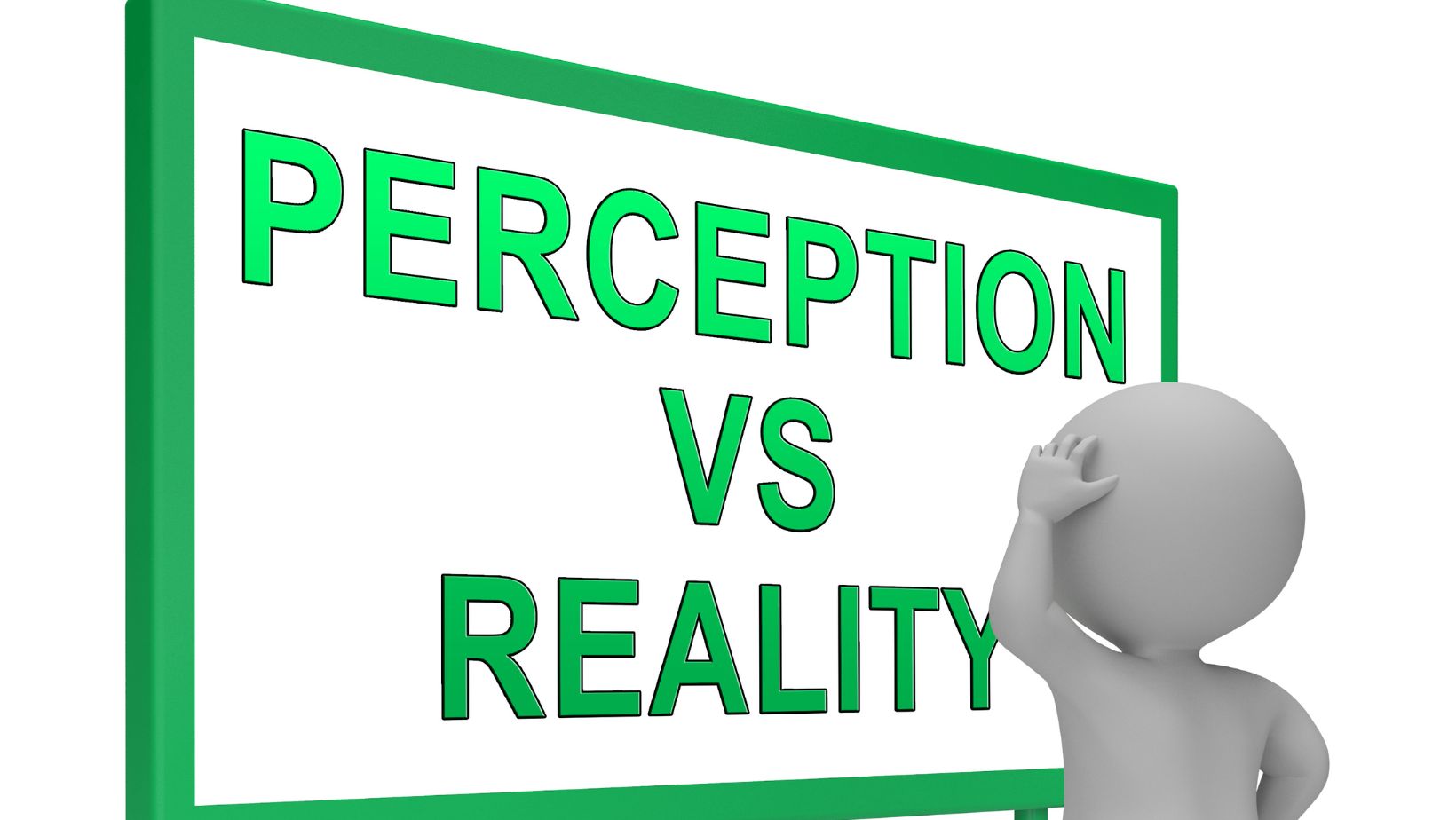Which Of The Following Is Consistent With The Symbolist Opposition To Realism?
Symbolism, a literary and artistic movement that emerged in the late 19th century, sought to challenge the dominant ideology of realism. Rejecting the notion that art should imitate reality, symbolists aimed to convey deeper meanings and emotions through symbols and metaphors. This opposition to realism was driven by a desire to explore the mysterious and the subconscious, delving into the realms of dreams, spirituality, and the irrational. Rather than depicting the external world as it appears, symbolists sought to unveil the hidden truths and subjective experiences that lie beneath the surface.
One of the key aspects consistent with the symbolist opposition to realism was the emphasis on subjectivity over objectivity. Symbolists believed that reality was not fixed or objective, but rather a subjective experience that varied from person to person. They sought to capture the individual’s inner world and personal emotions, often using suggestive and ambiguous imagery to evoke a sense of mystery and introspection. By prioritizing subjectivity, symbolists aimed to transcend the limitations of realism and delve into the depths of the human psyche.
Another characteristic that aligned with the symbolist opposition to realism was the rejection of the material world and the pursuit of the spiritual and metaphysical. Symbolists viewed the materialistic and rationalistic values of the realist movement as shallow and limiting. Instead, they sought to explore the realms of spirituality, the supernatural, and the subconscious, believing that these realms held deeper truths and insights into the human condition. Through their works, symbolists aimed to evoke a sense of the transcendent and the mystical, challenging the surface-level representation of reality embraced by realism.
Symbolist Art Movement
During the late 19th century, the Symbolist art movement emerged as a powerful force that directly opposed the principles of realism. Symbolists sought to challenge the conventional approach of art imitating reality, instead focusing on expressing deeper meanings and emotions through the use of symbols and metaphors. This section will explore some key aspects of the Symbolist art movement that reflect their opposition to realism.
Subjectivity over Objectivity
Symbolists rejected the objective representation of reality embraced by realism. They believed that art should be a reflection of the individual’s inner world and personal emotions. Symbolist artists aimed to capture the subjective experiences and unique perspectives of the human psyche, rather than providing a faithful representation of the external world. By prioritizing subjectivity, Symbolists emphasized the importance of individual interpretation and the power of the imagination.
Exploration of Spirituality and the Supernatural
Another way in which Symbolists opposed realism was by delving into the realms of spirituality and the supernatural. They sought to transcend the material world and explore the mysteries of the human existence. Symbolist artworks often featured mystical and otherworldly elements, drawing inspiration from mythologies, dreams, and religious symbolism. Through their exploration of the supernatural, Symbolists aimed to evoke a sense of the transcendent and challenge the limited scope of reality presented by realism.
The Power of Symbols and Metaphors
Symbolists believed that symbols and metaphors held immense power in conveying complex emotions and ideas. They used these artistic devices to express abstract concepts and emotions that could not be easily represented in a realistic manner. By employing symbols and metaphors, Symbolist artists aimed to evoke a deeper level of understanding and emotional response from the viewer. They believed that the true essence of reality could be revealed through these symbolic representations, surpassing the superficiality of realism.
The Symbolist art movement emerged as a direct opposition to the principles of realism. Symbolists prioritized subjectivity over objectivity, explored spirituality and the supernatural, and used symbols and metaphors to convey deeper meanings and emotions. By challenging the limitations of realism, Symbolists aimed to evoke a sense of the transcendent and mystical, inviting viewers to explore the depths of their own inner worlds.

Characteristics of Realism
Realism, as a literary and artistic movement, focused on representing the mundane aspects of everyday life. It aimed to portray the ordinary and familiar in a detailed and objective manner. Realist artists and writers sought to capture the reality of the world around them, emphasizing the common experiences of the working class and middle class.
scientific method, emphasizing observation and objectivity. Realists believed that art should reflect the truth of the world, rather than the subjective experiences or emotions of the artist.
In contrast to the Symbolists, who rejected the idea of art imitating reality, realists believed that the purpose of art was to faithfully depict the world around them. They aimed to present an objective view of reality, focusing on the external world rather than the internal thoughts and emotions of individuals.














































































































